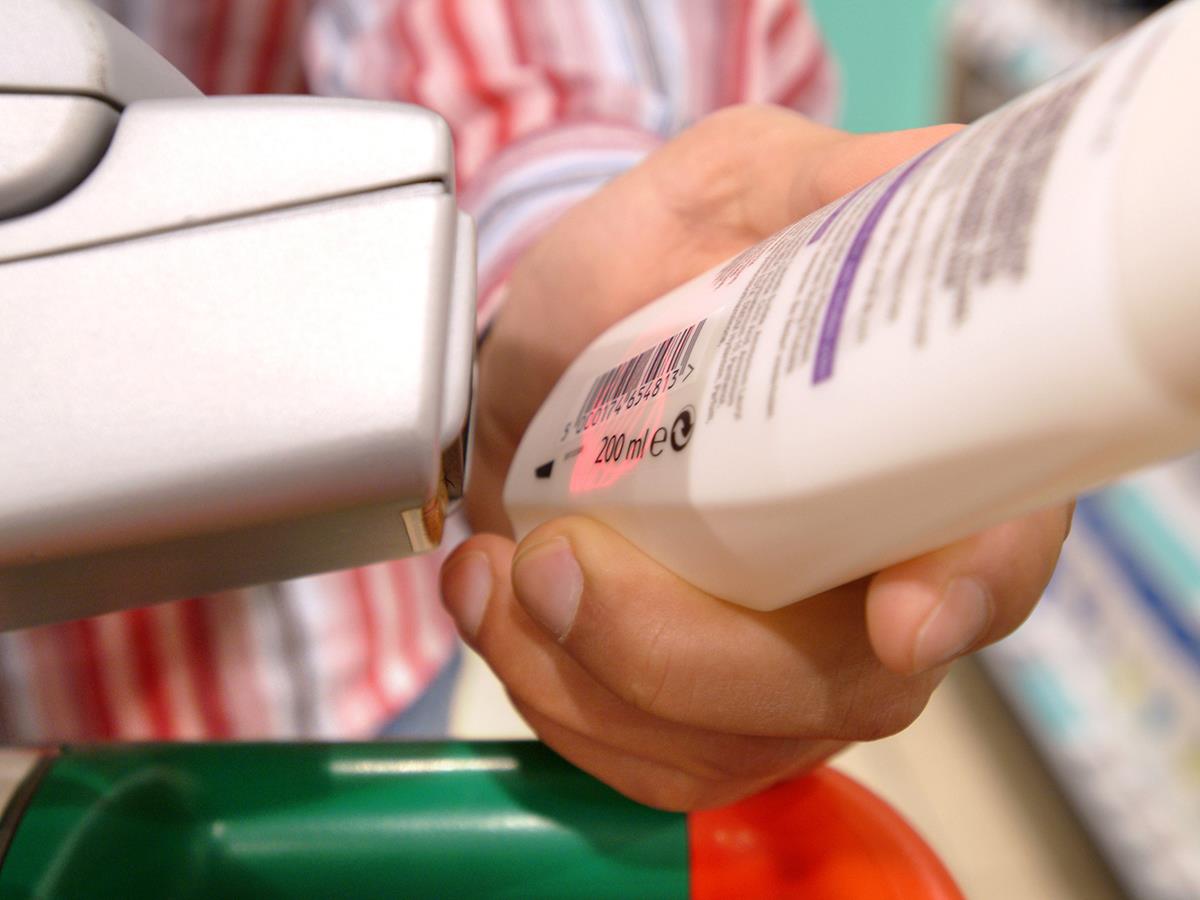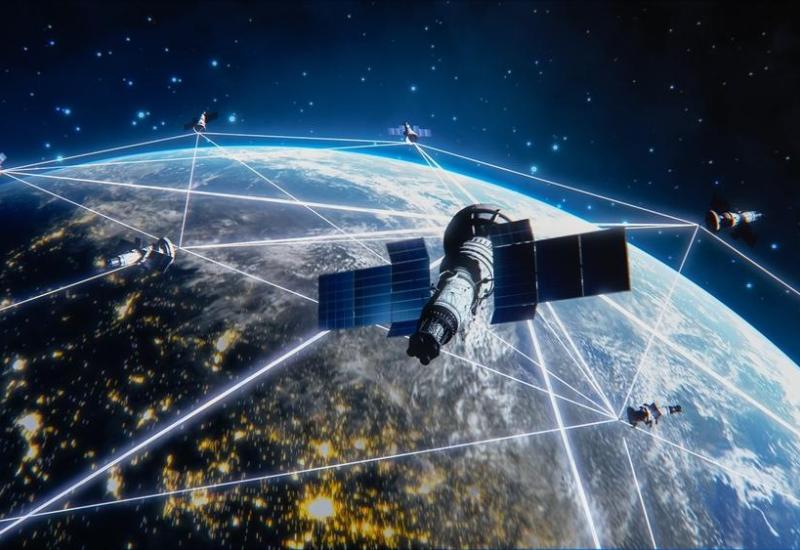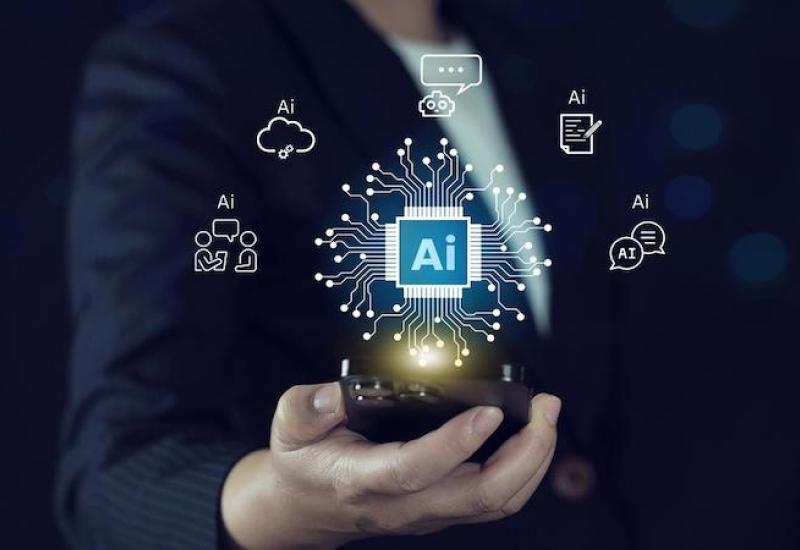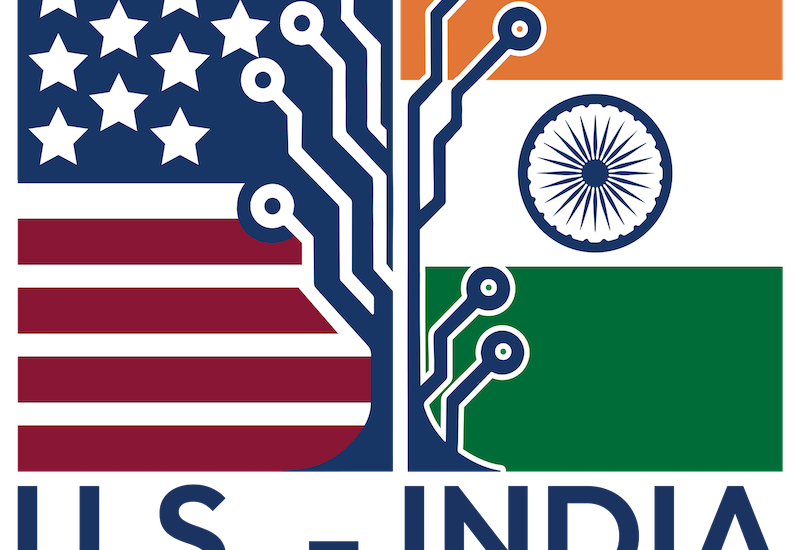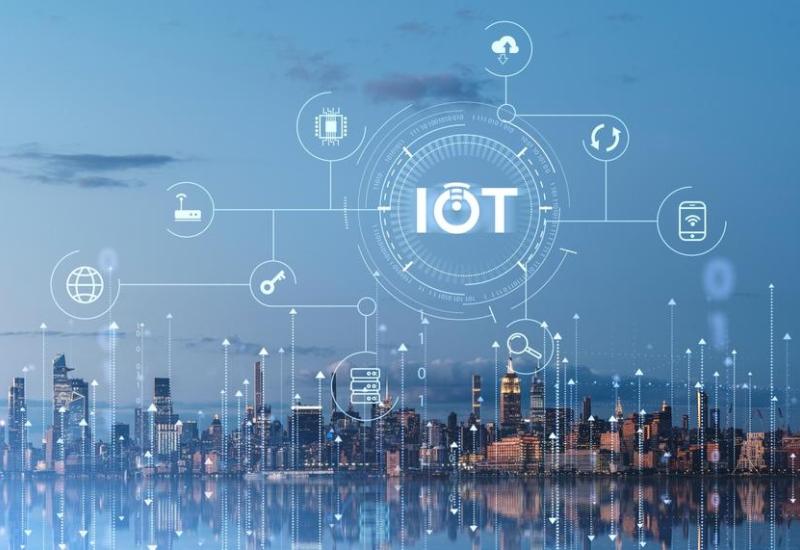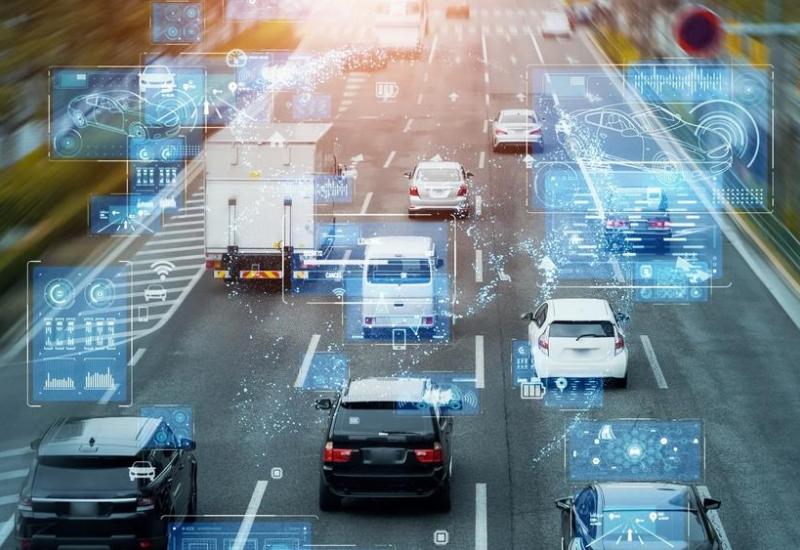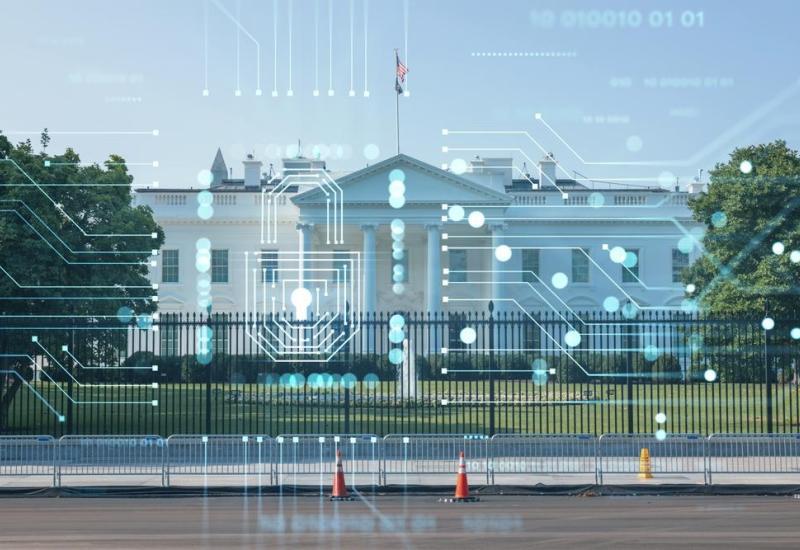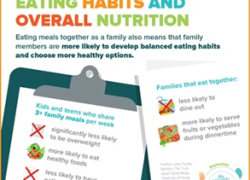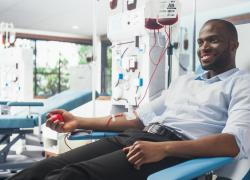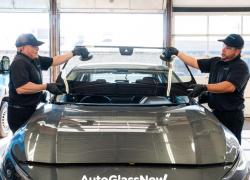The Barcode Story: Its Past, Present, And Future
(NewsUSA) - Whether you're buying online or shopping in a store, there are many modern shopping conveniences available today that can be traced back to the debut of a seemingly simple technology - the first barcode scan.
- Whether you're buying online or shopping in a store, there are many modern shopping conveniences available today that can be traced back to the debut of a seemingly simple technology - the first barcode scan.
With a powerful impact on global commerce, the barcode is used by millions of people everywhere, every day.
However, its creation required decades of collaboration with grocery industry leaders to establish its design, use, and ultimately cement its place in retail. This year, we celebrate the definitive moment in history when 45 years ago, the first Universal Product Code (UPC) was scanned - a milestone that led to unprecedented economic opportunities and the variety of shopping options we enjoy today.
The Barcode's Origins
Few shoppers today remember a time when product prices were manually entered at a cash register. Before checkouts featured barcodes and scanners, long lines snaked throughout the supermarket and shoppers waited impatiently. Grocery stores were desperately searching for a way to improve efficiency and profits.
Inventor and scientist, Norman Joseph Woodland and his research partner, Bernard Silver, began work on a solution to the grocers' problem in the late 1940s. Woodland's inspiration for the first barcode occurred when he drew a circular, bullseye-shaped design with a bar and space pattern in the sand while living in Miami Beach. However, it took more than 20 years for the idea to be fully realized. Advances in laser scanning technology created renewed interest in barcode development in the early 1970s. Woodland was working at IBM, when his colleague, George Laurer, created the linear UPC barcode - that version was ultimately selected by the grocery industry in 1973 and continues to be printed on products. The Uniform Product Code Council (later rebranded GS1) was named the barcode administrator in 1974 to issue product identification numbers to be encoded into barcodes, known today as the Global Trade Item Number (GTIN). The organization set guidelines for its use and began testing it.
On June 26, 1974, the UPC barcode made its debut at the checkout counter of the Troy, Ohio Marsh Supermarket. The first item scanned was a ten-pack of Wrigley's Juicy Fruit gum, priced at 67 cents. The local newspaper headline read: "Local Marsh Store Features Computerized Checkout System."
Today's Impact and Opportunity
Today, the barcode is scanned more than six billion times a day globally. Multiple versions and uses of the barcode have emerged over the past few decades. QR codes, for example, provide consumers with detailed product information with the scan of a smartphone. Barcodes and their associated numbers have also become an important part of e-commerce by helping to make products easier to find online and that the right product arrives at the consumer's doorstep.
While barcodes have improved the consumer experience, they have also transformed businesses. For example, barcodes help manufacturers and retailers track products in the supply chain and play a major role in inventory management. Advanced barcodes can help manufacturers and retailers pinpoint products during a recall, or identify counterfeit goods so that they can be removed from stock.
What's Next?
Looking to the future, business leaders are evaluating how the barcode can evolve to meet the changing needs of consumers and industries. Future barcode uses will focus on empowering consumers with more information, as the smartphone continues to be an essential shopping assistant. For example, web-enabled barcodes will expand on what's already been made possible through QR code or barcode scanning to connect the shopper to more trustworthy information, such as how-to videos, discount offers, and shopper reviews.
Also, future shopping experiences are likely to include many more internet-connected devices - for example, a dressing room mirror that can automatically suggest another style or size. As these innovations become mainstream, the identification standards that power the barcode are critical to ensuring that the products offered match the personalized needs of the shopper.
GS1 US is continuing the same pioneering spirit established 45 years ago by helping businesses all over the world continue to grow. More than 300,000 businesses large and small turn to GS1 US for their barcoding and identification needs, and recognize the value of launching products with identification that is universally-accepted by leading retailers, distributors, and other business partners. To learn how GS1 US enables business success, please visit www.gs1us.org/45thanniversary.

